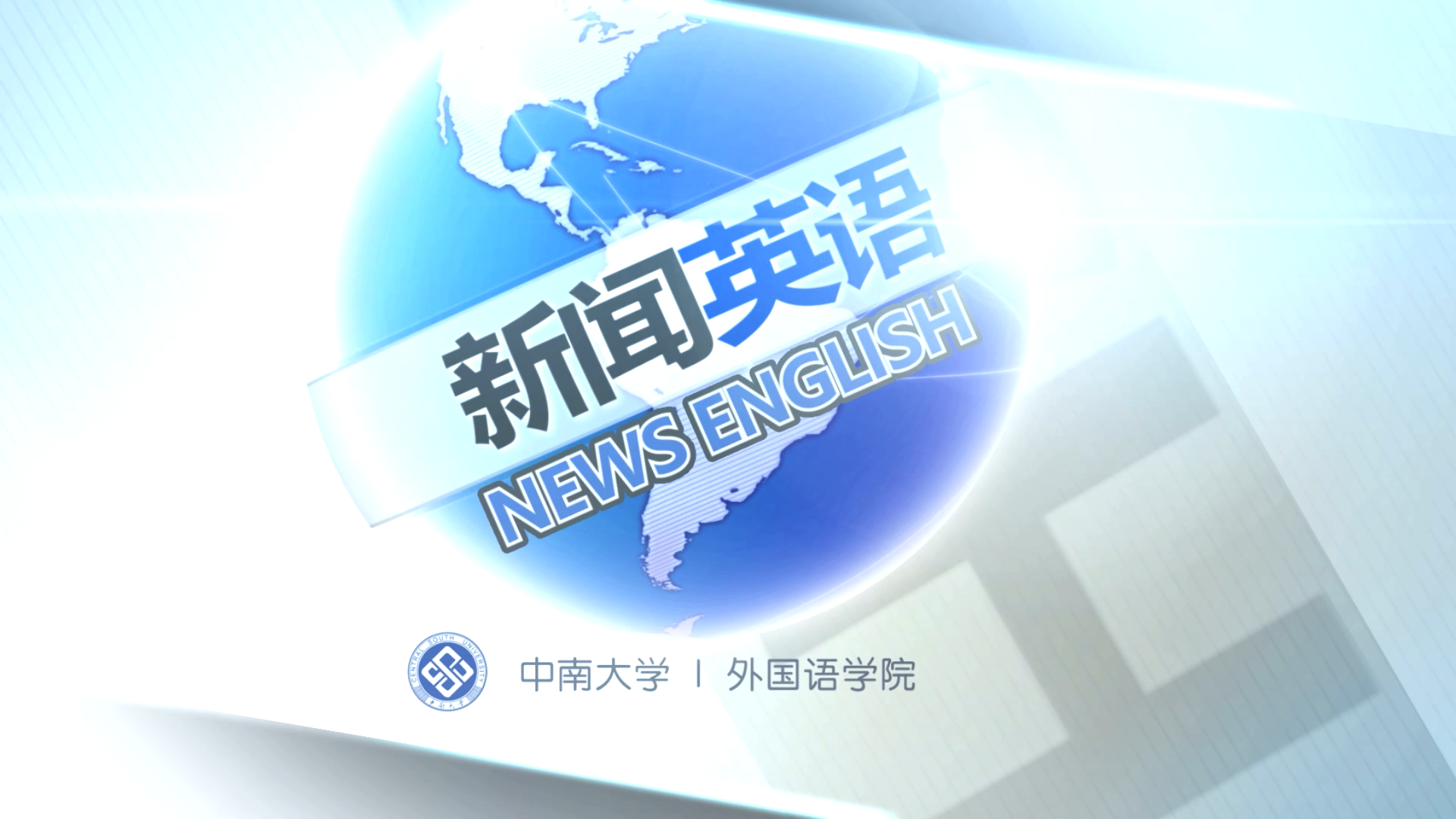第三章 新闻英语阅读概览 Browse over English News Reading:在第三章中,我们将讨论如何找到您感兴趣的新闻,以及如何快速把握一条长篇新闻的主要观点。在第一个视频里,为了帮助您找到所需的新闻,我们将介绍报纸通常涵盖的常见板块以及搜多英语新闻的方式。在第二个视频中,我们讨论了如何理解新闻报道的标题,简要介绍了英语新闻标题的基本特征。 导语通常是新闻的第一段,为读者提供最重要的事件信息。不同类型的导语提供不同的阅读体验,这些将在第三个视频中介绍。在第四个视频中,我们将展示新闻照片和漫画以及理解这些生动图画的方法。在本章的最后,我们将讨论如何跳读,即带着问题进行积极阅读。In Chapter Three, we discuss how to find the news you are interested in, and how to grasp the main idea of a long piece of news at several glances. To help you find the news you want, we introduce the common sectors a newspaper usually covers and the ways to access English news in the first video. In the second video, we talk about how to understand the headline of a news report, giving a brief introduction to the basic features of English news headlines. Lead is usually the first paragraph of a news story, providing the readers the most important information of an event. Different kinds of leads provide different reading experiences which are covered in the third video. In the fourth video, we present news photos and cartoons and the way to understand these vivid pictures. At the end of this chapter, we discuss how to skim while reading actively with questions in mind.3.1搜索新闻 Searching the News:这小节的目标之一是帮助您了解一些著名的报纸及其常见栏目。另一个目标是帮助你了解一些搜索新闻的方法,这样你会发现养成阅读英文报纸的习惯并不难。One of the objectives for this session is to help you know some famous newspapers and their common sections. And the other one is to help you know some methods to search the news you want so you may find it not too difficult to have a habit of reading newspapers.[多选题]Delayed lead includes _________.选项:[suspense lead , question lead, descriptive lead , direct address lead ]
3.2扫描标题 Scanning the Headline:扫描标题有助于抓住新闻报道的主要内容,甚至是记者,专栏作家或编辑的态度。由于编辑们尽一切努力节省空间,我们就需要了解标题的共同特征以便了解标题的意思。本小节的内容主要是这两方面。Scanning the headline is helpful to grab the main idea of the news article and even the attitude of the reporter, the columnist or the editor. Since the editors try every mean to save space, we have to understand the common features of news headlines to understand headlines. This session focuses on these two aspects.
3.3读懂导语 Understanding the Lead:在阅读标题和副标题后,我们将阅读新闻导语以获取更多信息。本小节我们将讨论三个方面:什么是导语,我们为什么要阅读导语,我们应该如何阅读导语。After reading the headline and the sub-headline, we are going to read the lead to get more information. In this session we will discuss three aspects: what is lead, why we should read lead and how we should read lead.
3.4赏析图画Appreciating the pictures:本小节的重点是新闻图片和漫画以及其他相关信息。我们可以了解图片在新闻中的重要性以及如何欣赏它们的隐含意义。This session focuses on news pictures and cartoons and other related information. We can know the importance of pictures in news and how to appreciate their implied meaning.
3.5省时解惑的跳读 Skimming for Efficiency:本小节我们将回答以下问题,包括什么是跳读,为什么一定要跳读,什么不是跳读,以及如何跳读。In this session we will answer these questions including what is skimming, why should we skim, what is skimming not, and how to skim?
3.6你问我答 Questions & Answers:你问我答 Questions & Answers
[单选题]The hyphen in the headline, “Little Anti-US Feeling——Diplomat" , stands for _______.选项:[by , is , and , said by ]
[单选题]We can find _______ in the Washington Post and the Guardian, but not in China Daily.选项:[Obituaries. , both Obituaries and Crosswords. , Crosswords. , Culture. ]
[单选题]In the section of _______ in China Daily there is a subsection of cartoons.选项:[ Culture, Travel , Opinion , Business]
[多选题]When do skim reading, we ______.选项:[read the first and last sentences of every paragraph, think actively while reading, raise questions while reading, search for the visual and verbal signs]
温馨提示支付 ¥3.00 元后可查看付费内容,请先翻页预览!

